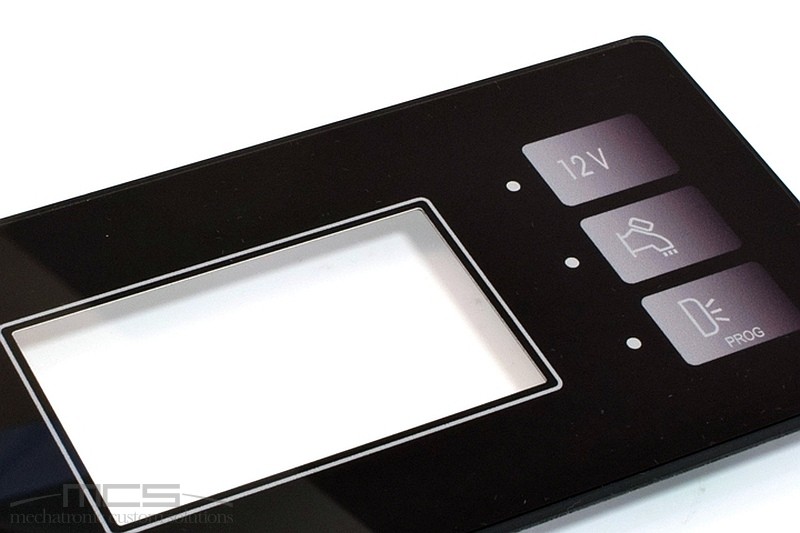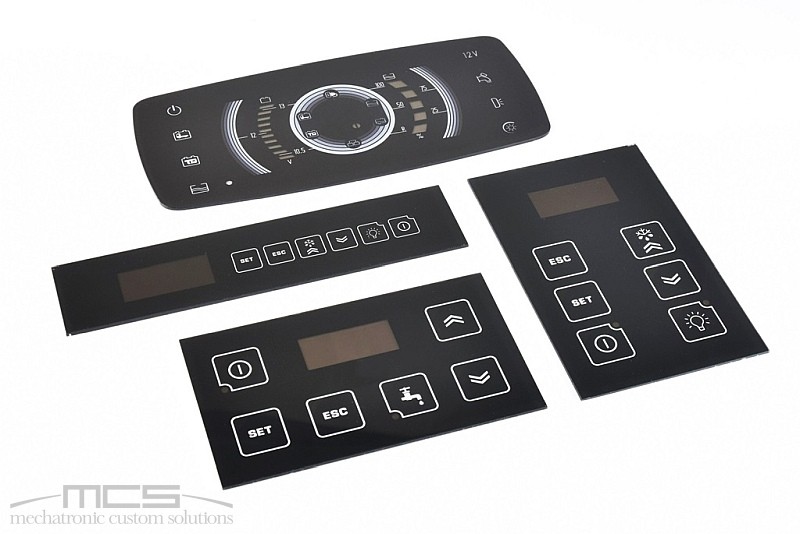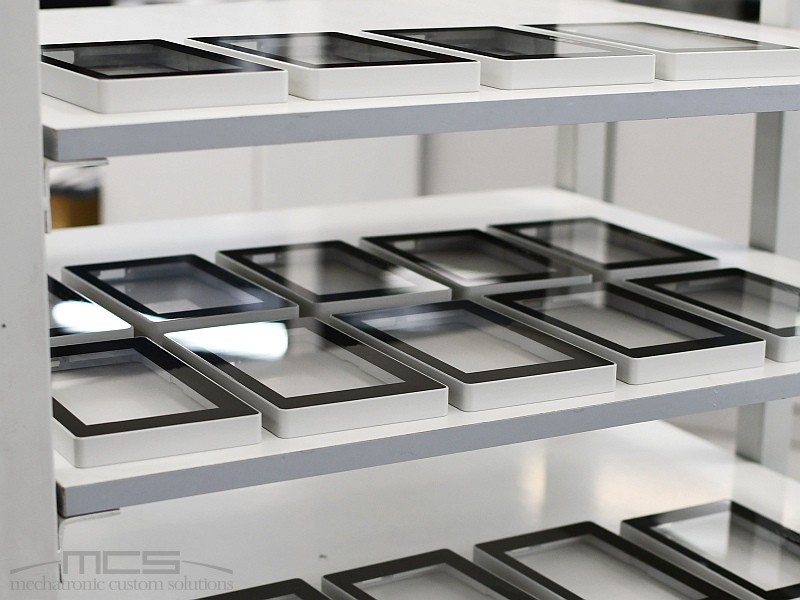Polymethyl methacrylate (PMMA), more commonly known as plexiglass, is a thermoplastic polymer that lends itself to a very wide range of applications. Here are the types of plexiglasses we use for our creations and the processing methods used.
Plexiglass or polymethylmethacrylate (PMMA) is a thermoplastic resin of the techno polymer family. It is often used as an alternative material to glass due to its lightness and resistance, for which it is also called “acrylic glass”.
A curiosity: beyond the scientific term, polymethyl methacrylate, little used due to its complexity, according to the Accademia della Crusca the material should be identified with the name of Plexiglas, with only one “S” at the end, because it is the original name with which it was placed on the market in 1933 in Germany; the second one is added by assonance to glass (glass).
The characteristics of plexiglass

What are the qualities that make the use of plexiglass ideal for displays, transparent parts of electronic enclosures, etc.?
First of all, it passes and reflects light better than glass. Plexiglass, in fact, has a light transmission of 92%, while that of glass goes from 80% to 90%.
We are dealing with a material more resistant to breakage than glass, and it is also very versatile: it can be produced with additives that enhance its resistance to UV rays or acids, for example.
Plexiglass is lighter than glass: with the same dimensions and thickness, PMMA can weigh up to 50% less.
In the end, workability is another strong point: it can be worked according to the most varied industrial or artisanal processes (milled, laser cut, thermoformed, silkscreened or engraved, etc.).
The use of plexiglass in MCS
Thanks to its characteristics, Plexiglas is used in many operational areas such as signage, graphics advertising, furnishings, construction. During the covid pandemic we have seen bulkheads and protections in PMMA of all types.
In MCS we use a large amount of it, but since we operate in a very technical field, we only choose high quality plexiglass, produced by reliable companies, recognized for their seriousness.
We use PMMA for the front panels of capacitive membrane switch, for display slides and in general for the transparent areas of certain electronic enclosures, possibly near LEDs.
Types of plexiglass used

For most of our creations we use the standard transparent PMMA, in thicknesses from 1.5 mm up. For capacitive membrane switches or display slides, we use scratch-resistant plexiglass, a more specific type whose front surface has been treated to ensure a much higher scratch resistance than the standard material.
More rarely we use optical PMMA, a special and very expensive material, available in thicknesses from 0.3 to 0.8 mm. It is also available with an anti-glare finish and/or with a UV filter for outdoor use.
It’s a type of plexiglass that we don’t use very often: the cost per square meter is 12-14 times higher than a normal PMMA. In addition, while a standard PMMA slab has a size of 6 sq m, the calibrated PMMA is available in slabs smaller than 0.7 sq m.
How we work plexiglass
This material lends itself very well to laser cutting, with which it is possible to obtain very sharp, clean and shiny cuts, and also sharp-edged processes.
Furthermore, the CNC milling process from slab can be used. Even in this case it is possible to obtain very shiny and precise cuts thanks to the use of special tools.
Internal machining, precisely due to the use of a milling tool, will necessarily have a minimum radius linked to the diameter of the tool used (2, 3, 4 mm, etc.).
Finally, with the CNC milling process, there can be recessed machining of some surfaces or counterbores, countersinking, chamfers, etc.
To learn more about a concrete case of use of plexiglass, you can read the post Front panels in plexiglass for “smart” chronothermostats.

